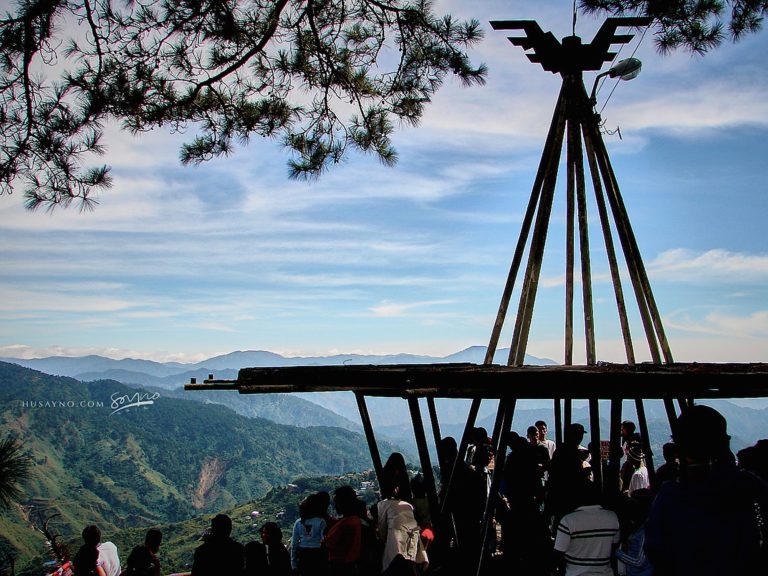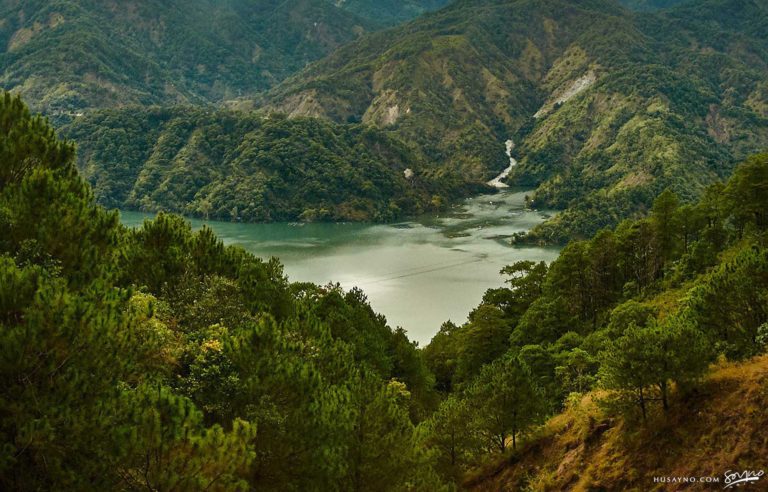
Mines View Park: A Scenic Gem in Baguio City
For many people, it has always been a dream to visit a place that offers a breathtaking view surrounded by a natural atmosphere that is
Let’s be real—Abra isn’t exactly the most accessible province out there. But that’s part of its charm. From Manila, it takes around 8 to 10 hours by land to reach Bangued, the capital town. It’s a long ride, but the shifting views—from the city bustle to endless rice fields, then misty mountain ranges—already hint at the kind of journey you’re about to have.
Pro tip? Leave early, bring snacks, and keep your camera ready. That moment when the sun breaks over the Abra River Valley? Worth every kilometer.
Most trips begin in Bangued, the provincial capital. It’s a quiet town, but it has its own rhythm. Visit the St. James the Elder Cathedral, a historical stone church that has stood the test of time. Climb up Victoria Park for a panoramic view of the town and surrounding hills. And if you want a deeper sense of place, check out the Abra Provincial Capitol—it’s got that old-Filipino government building vibe, solid and stately.
You’ll also want to drop by the local market. It’s where the culture pulses—in the accent, the produce, the stories exchanged over native coffee.
This is where Abra truly shines. It’s rich with raw, untamed nature. You know those postcard-worthy spots that don’t feel staged? Abra has plenty.
One of the showstoppers is Kaparkan Falls in Tineg. This multi-tiered limestone waterfall looks like nature’s own infinity pool system. But fair warning—getting here is not easy. You’ll need a 4×4 vehicle and a lot of patience. But oh man, the payoff? Unreal.
Another natural marvel is the Piwek Rock Formations in Alilem. These are giant smooth boulders sitting beside turquoise rivers. Locals often say it looks like a natural playground, and honestly, they’re right.
And then there’s Tugot ni Angalo, a massive footprint-shaped depression said to be left by a giant from Ilocano mythology named Angalo, the first man. Whether or not you believe the legend, it’s an eerie and beautiful place to visit.
Abra isn’t just mountains and rivers—it’s stories, too. The province is home to various indigenous communities, most notably the Tingguians. They have their own rich traditions, rituals, and crafts.
Visit during a local fiesta or community celebration and you’ll see intricate dances, handwoven textiles, and time-honored customs still alive today. The Abel loom weaving tradition, in particular, is worth seeing up close. It’s not just a fabric—it’s a living heritage, shaped by generations of skilled hands.
Here’s the thing: Abra might not have a long list of fancy restaurants, but its homegrown dishes hit differently.
One dish you shouldn’t miss is inabraw, a hearty vegetable stew flavored with bagoong. It’s comfort food, simple but packed with soul. Another must-try is tinik—grilled meat seasoned with local spices, cooked just right over open flame. And if someone offers you a drink of tapey, the traditional fermented rice wine? Take a sip. It’s strong, a little wild, and deeply rooted in local custom. Just like Abra itself.
The local eateries may not have glossy menus or curated ambiance, but they serve something more authentic—food made with care, the way it’s always been.
You know what’s underrated these days? Silence. And Abra has that in abundance.
No crowds. No traffic. No commercialized chaos. Just the sound of the river, the rustle of trees, and maybe a rooster or two if you’re staying in the barangay. It’s the kind of place where you can really unplug—not metaphorically, but literally. Signal’s patchy, and that’s the point. If you’re tired of the hyper-connected world, Abra offers something refreshingly analog: presence.
If you’re planning a trip to Abra, here’s some friendly advice: go local. Hire local guides—not only do they know the terrain better than any GPS, but you’ll also be helping support the community. Pack light but smart: bring trekking shoes, a hat, and some insect repellent, especially if you’re exploring the outdoors. Check the weather before you travel; roads can get muddy or impassable during the rainy season. And always, always be respectful. Abra’s communities value tradition. A little kindness and cultural sensitivity go a long way.
Abra isn’t loud about its beauty—and maybe that’s what makes it unforgettable. It’s that kind of place that lingers in your memory, like a song you heard once and can’t stop humming. You’ll think about that view from the cliff, that quiet walk along the river, that meal shared with strangers who treated you like family.
So if you’re craving a different kind of adventure—one with fewer filters and more real moments—give Abra a shot.

For many people, it has always been a dream to visit a place that offers a breathtaking view surrounded by a natural atmosphere that is

As a popular festival that originated in Dolores in the Province of Abra, Sakuting Festival depicts a mock battle using sticks, usually striped or bamboo.

It is one of the country’s oldest and largest hydroelectric power plants, the Ambuklao Dam is the largest hydroelectric plant built today in the country.

The Mount Pulag is considered as the highest mountain in Luzon Island and it sits on the border of three provinces entwined at its summit.

Originally known as the Baguio Flower Festival, the Panagbenga Festival is a month-long annual flower festival held every February in Baguio City, that celebrates and

Nestled in the heart of Baguio City, the Our Lady of Atonement Cathedral—more popularly known as Baguio Cathedral—stands as a masterpiece of neo-Romanesque architecture and

Kabayan of the Benguet Province is probably best known for its position as a base camp for Mount Pulag which is the highest mountain on
EXPLORE MORE ABOUT THE
Philippines
BROWSE BY CATEGORIES